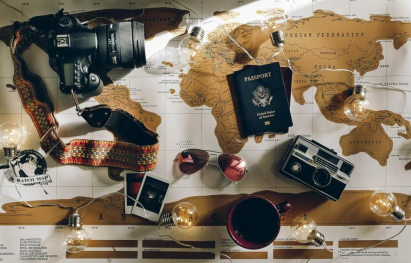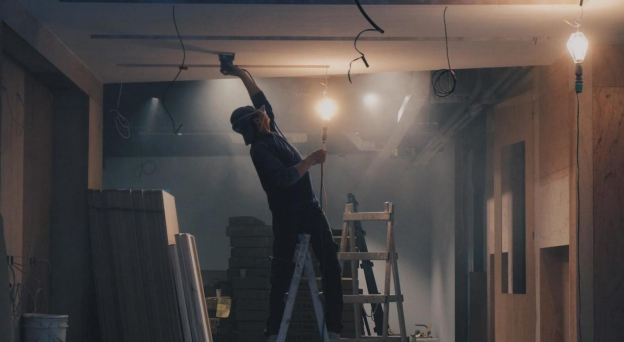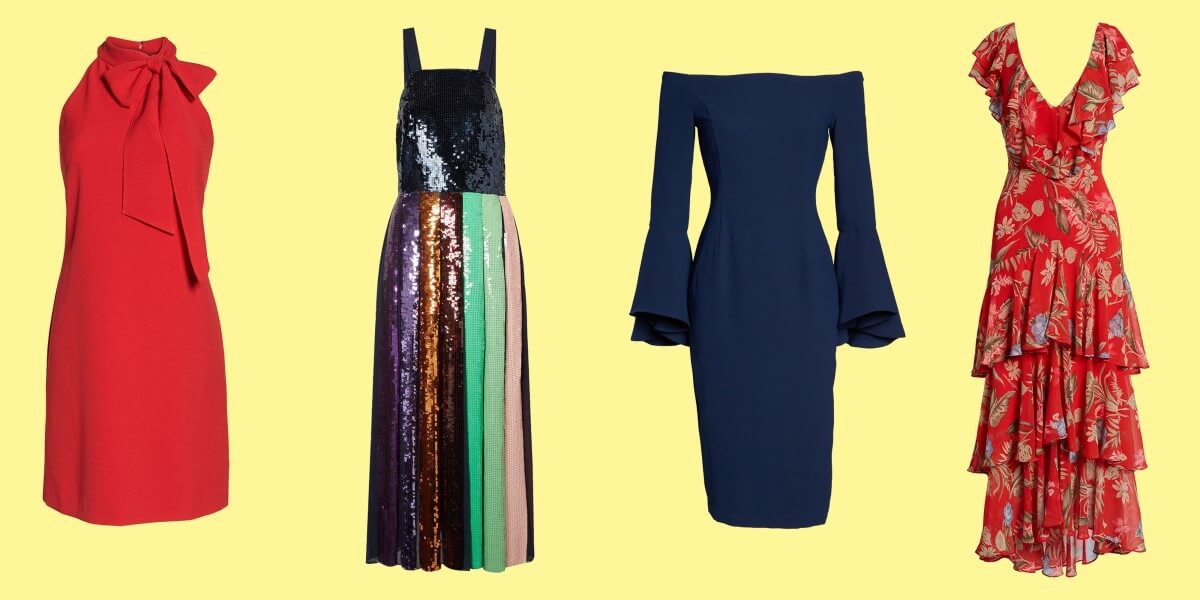With data from the first quarter of 2021, the high-end products sector expects to close the year with figures somewhat higher than those of 2019. China and the US are shaking up the market.
After a year of fallow, the luxury sector begins to have green shoots. By the end of this year, the global market for personal premium goods could recover values from 2019, even grow 1%, reaching 295,000 million euros (in the best case), according to data from the Luxury Study 2021 Spring Update report. of the consultancy Bain & Company published this morning.
Renewed consumer confidence, together with economic stimuli and a rapid development in the vaccination process are the main causes of recovery in the sector, which is improving at "a surprisingly fast pace", highlights the study carried out in collaboration with Fondazione Altagamma, the foundation of the Italian luxury goods manufacturers industry. The client continues to demand exclusivity. "It is clear that consumers still want to buy luxury items and this, along with the ability of brands to adapt and innovate, is driving a return to growth in the market," adds Claudia D'Arpizio, partner at Bain & Company and main author of the analysis.
The good figures for this first quarter of the year are mainly driven by purchases in China and the US. The European market, still waiting for a massive vaccination campaign and without clear international mobility, is still latent. Also the Spanish: "In our country, the sector has been strongly impacted by the pandemic and the reduction in tourism, and, as in Europe, the prospect of recovery is slower. The trends of digitization and sustainability have also importance, where we see companies in the sector investing and putting much more focus on developing these capabilities", says Cira Cuberes, partner of the consultancy firm in the Madrid office.

Online sales boom
Despite signs of recovery, a high degree of uncertainty persists, also in this sector. This exercise presents two possible pre-pandemic data reset paths. The most optimistic, only offers a 30% chance. According to this theory, "the recovery path will continue throughout 2021, reaching the market level of 2019 already this year. In this result, the sector could reach 280-295 billion euros in 2021."
Option two, the most probable, is more cautious when it comes to offering results. The report suggests, for this second scenario, that "despite strong momentum in the first quarter, full-year growth is stifled by slowing domestic luxury purchases and limited intra-regional tourism. In this case, full recovery at 2019 levels, it would be expected in 2022 and the market would reach between 250-265,000 million euros this year. In either of the two assumptions, it seems clear that the sector wants to return to the figures prior to the outbreak of Covid in the world economy.
The luxury industry is surviving the crisis largely thanks to three trends, which have been consolidating over the months: the appetite of China and its citizens for high-end brands, which remains insatiable; the increase in luxury customers of all nationalities, especially from the United States, and the growth of the online channel, boosted this year by mobility restrictions and confinements, both for basic products and more premium items.
Today, digital purchases are already around 85%, when five years ago they accounted for 65 to 70%. Even so, in this sector, the human touch is still necessary, whether in the store or remotely, and these interactions will play a critical role in maintaining customer loyalty.
This year, accessories -especially shoes- and jewelery are the most demanded goods. On the contrary, the garments remain stored in the closets... of the stores: the public is still not encouraged to buy fashion, due to the scarcity of social events to be able to show off the new signature models (and by means of changing size).
From generation to generation
The report analyzes why a client opts for a high standing product. In this order, you decide to buy a luxury signature good for its quality, for its aesthetics and the brand's design, for pure entertainment, for what it is worth and because, with its purchase, you reaffirm your own identity and values.
It is precisely this first quality, that of quality, which guarantees the long life of the product, which can be passed on from generation to generation, which is why, many times, the purchase is an investment. If you don't want to keep it in the family, you can sell it on the second-hand market, a growing business that revalues the goods and gives them a second life. It is also an opportunity for those who, perhaps, cannot opt for a brand new one, and the option of acquiring a unique high-end object of desire, often discontinued and collectible. It is also an opportunity to promote sustainable consumption and take advantage of already manufactured, quality and, therefore, durable goods. According to the consultant, the market for used premium references will have a value of 28,000 million euros, compared to 26,000 million euros invoiced in 2019. Aware of this business, brands are increasingly, the study highlights, becoming on platforms to engage with customers throughout the life cycle of an item.




